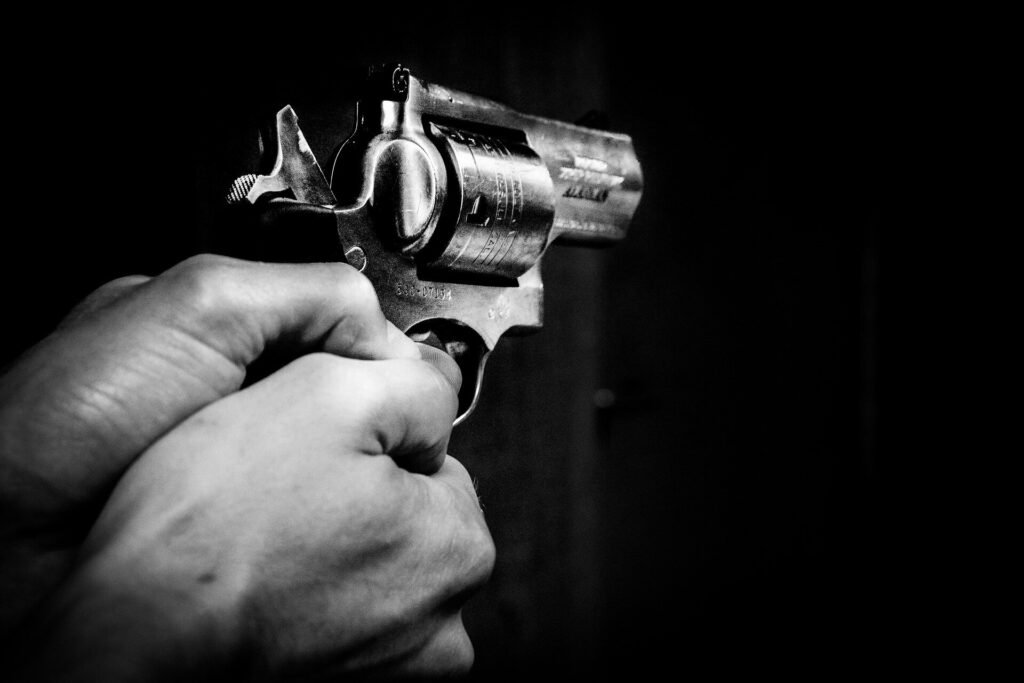A recent study conducted at Penn Nursing, led by Jungwon Min, PhD, MS, Research Professor and Director of the BECCA Lab, has revealed a significant connection between exposure to firearm violence in neighborhoods, engagement in fighting, and the perceived ability of adolescents to obtain a firearm outside their homes. The study, published in the American Journal of Preventive Medicine, can be accessed here.
The research, titled “Neighborhood Firearm Violence, Psychosocial Risks, and Youth Firearm Perception,” emphasizes that adolescents residing in areas with higher rates of firearm violence are more likely to view firearms as accessible outside their homes, even if they do not have firearms within their homes. The study also found that engaging in fighting behavior mediated 32% of the relationship between neighborhood firearm violence and the perception of firearm availability outside the home, highlighting the multiple risks faced by youth in high-violence environments.
Jungwon Min stated, “Our findings stress the critical need for interventions that address youth access to firearms not only within the home but also in community settings. Both structural and individual-level factors, such as neighborhood violence and fighting behavior, influence how youth perceive the availability of firearms. The emergency department, where many of these youth seek assistance, plays a vital role in early identification and intervention.”
This cross-sectional study examined 23,334 emergency department visits made by youth aged 14–18 years who completed behavioral health screenings between 2013 and 2024. The researchers linked self-reported data on perceived firearm availability and psychosocial risks to police-reported shootings and the Child Opportunity Index at the census tract level.
The study underscores that perceived firearm availability is not solely determined by neighborhood disadvantage but is significantly impacted by individual behaviors like fighting. The findings suggest that screening for perceived firearm availability in emergency departments could be a crucial step in preventing youth from carrying firearms and reducing future violence.
Co-authors of the study include Vicky Tam, MA, Stephanie Mayne, PhD, MHS, Polina Krass, MD, and Joel A. Fein, MD, MPH.
More information:
Jungwon Min et al, Neighborhood Firearm Violence, Psychosocial Risks, and Youth Firearm Perception, American Journal of Preventive Medicine (2025). DOI: 10.1016/j.amepre.2025.107741
Citation:
New study reveals critical link between neighborhood violence, youth fighting, and perceived firearm availability (2025, July 24)
retrieved 24 July 2025
from https://medicalxpress.com/news/2025-07-reveals-critical-link-neighborhood-violence.html
This document is subject to copyright. Apart from any fair dealing for the purpose of private study or research, no
part may be reproduced without the written permission. The content is provided for information purposes only.


